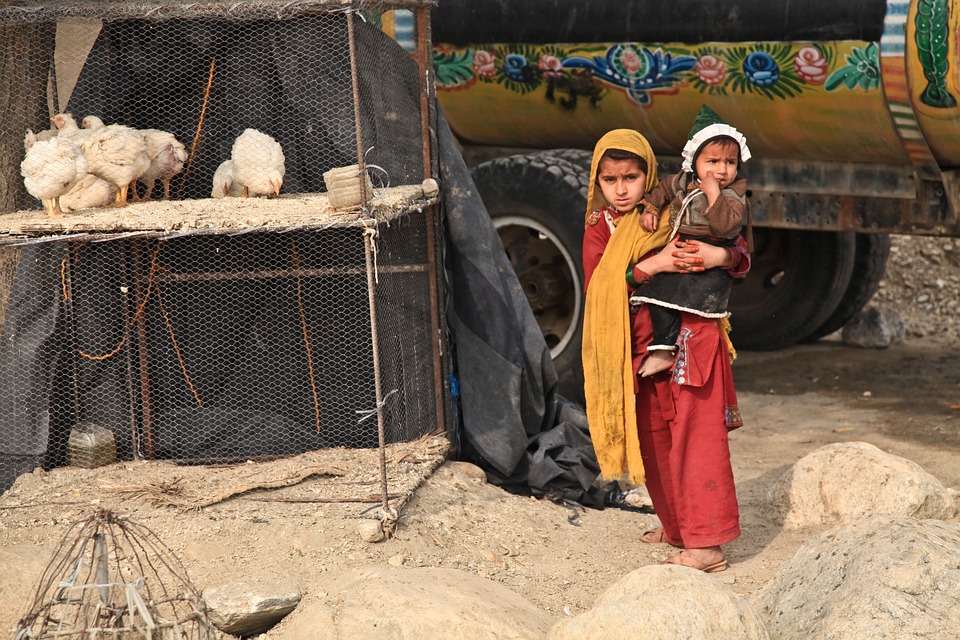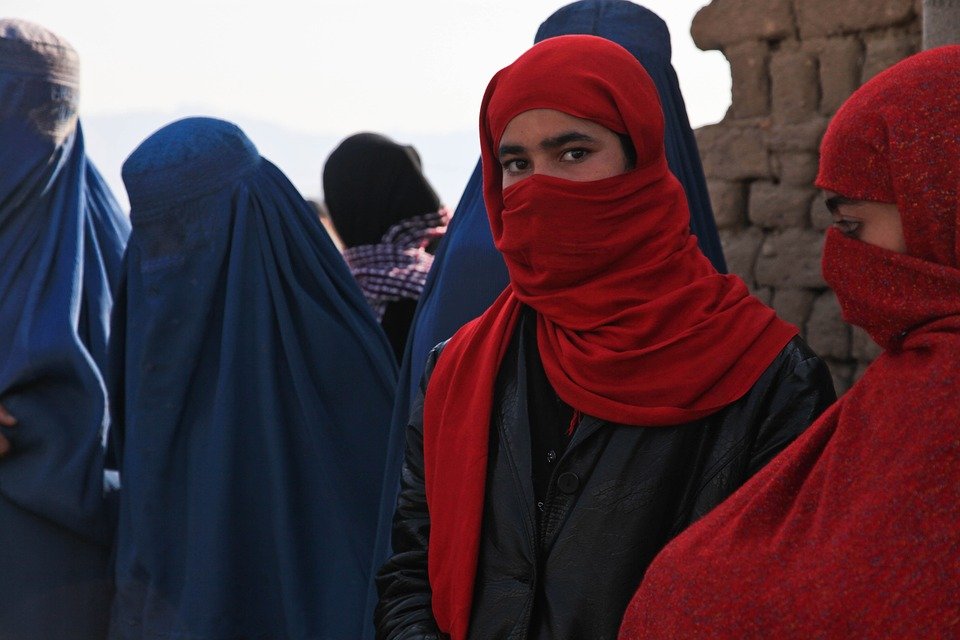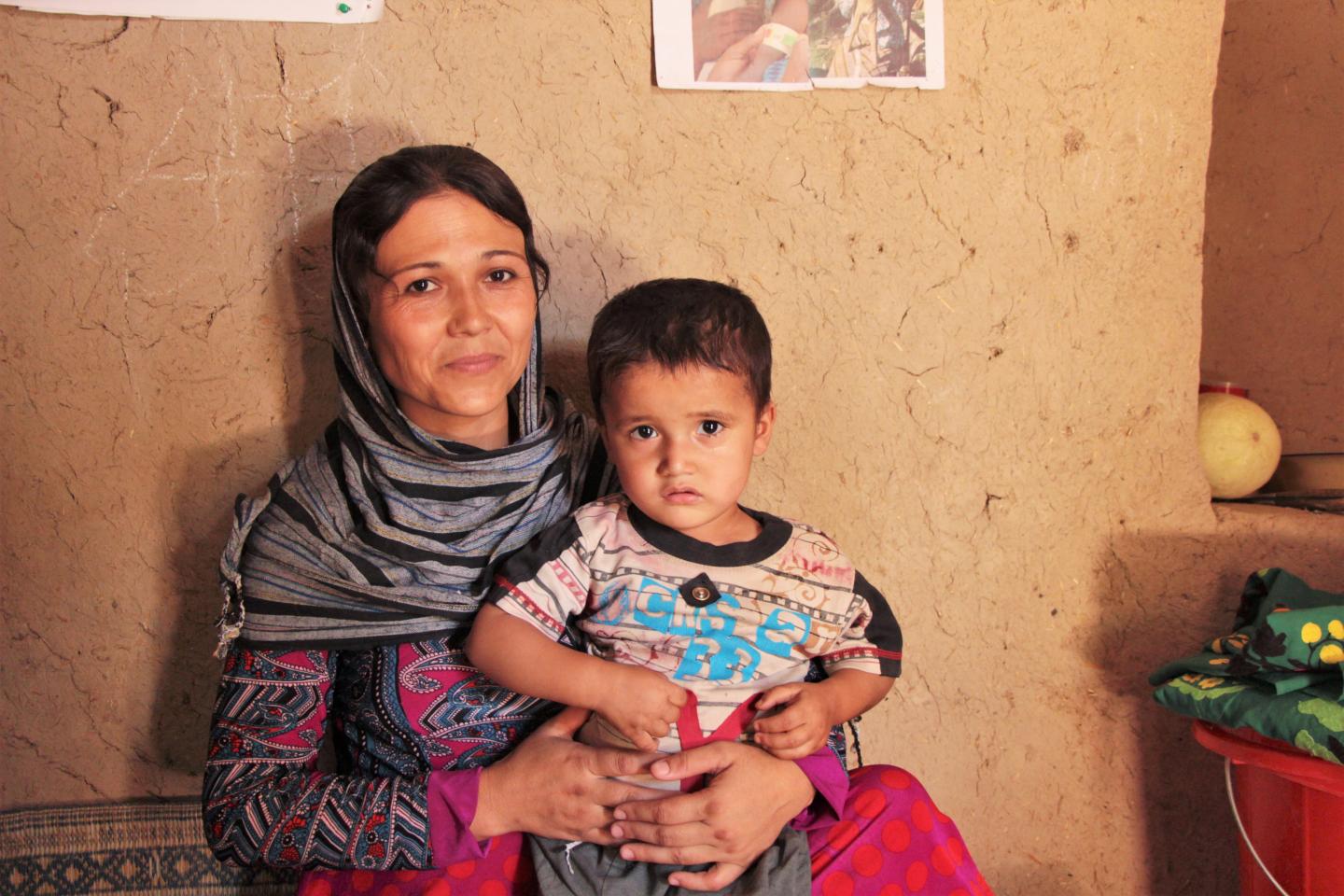Author: Zeng Lu
Afghanistan is one of the poorest and most vulnerable countries in the world. From which countries does Afghanistan's official development assistance come? What are the prospects for Afghanistan under the Taliban to receive international aid?
Total words2196About6minutes
Why is Afghanistan so troubled?
Afghanistan is one of the poorest and most vulnerable countries in the world.In 2019, Afghanistan's per capita GDP was US$502, ranking 186th among nearly 200 countries in the world. Afghanistan's economy and employment opportunities are severely lacking, with most people engaged in agricultural production. The illicit economy of opium production, smuggling and illegal mining makes up a large part of the Afghan economy. In 2006, the illegal economy reached about 50% of the gross national product.
Afghanistan has been plagued by wars and frequent regime changes.Afghanistan is located at the intersection of East Asia, South Asia, West Asia and Central Asia, and its strategic position is of vital importance. Historically, the British Empire and the former Soviet Union both sent troops to Afghanistan but ended in failure. Afghanistan has experienced four decades of armed conflict. From 1996 to 2001, the Taliban ruled most of Afghanistan. Women under the Taliban were not allowed to go to school or work, and could only go out in the company of a male family member. Men must also abide by rules such as growing beards and wearing headscarves or hats. Journalism, photography, art, museums and entertainment events are banned.
Afghanistan's development benefits from and becomes dependent on international assistance.Since 2002, major countries have begun to provide large-scale international assistance to Afghanistan. In 2011, Afghanistan's international aid reached a peak of US$6.75 billion and then began to decline. The continuous influx of aid has promoted Afghanistan's rapid economic and social development. From 2002 to 2019, Afghanistan's GDP increased from US$4.055 billion to US$87.9 trillion. The average life expectancy has also increased from 56.8 years to 64.8 years. The Afghan government relies heavily on foreign aid. According to a World Bank study, grants from countries such as the United States accounted for 75% of total government spending in 2019.

What are the main sources and focus areas of international assistance to Afghanistan?
From 2018 to 2019, the OECD/DAC member states and international institutions that provided official development assistance to Afghanistan were mainly the United States, the European Union, Germany, the United Kingdom, and the World Bank. Bilateral assistance focuses on supporting Afghanistan to improve social infrastructure and services, provide humanitarian assistance, develop education, and improve economic infrastructure and services.
The United States is Afghanistan's largest source of official development assistance and supports a more inclusive, economically developed and self-sufficient Afghanistan.Total U.S. aid commitments reached $4.039 billion in 2011 and fell to $1.312 billion in 2019. U.S. official development assistance focuses on supporting private sector-driven economic growth, social development in areas such as health, education and women's participation, and humanitarian aid. For example, USAID is rehabilitating irrigation systems to support agricultural development, providing credit and assistance to farmers, and building power facilities to expand access to electricity in southern Afghanistan.
Germany is Afghanistan's second largest source of official development assistance and is committed to improving the living conditions of the Afghan people.In 2013, Germany's development assistance commitment to Afghanistan reached US$699 million. By 2019, that commitment dropped to $488 million. Germany focuses on creating jobs, eradicating hunger and poverty, strengthening Afghan institutional capacity, and building and maintaining infrastructure. For example, Germany supports the education of Afghan girls and boys, improves basic health services, lays pipes for drinking water, and supports displaced people and refugees in Afghanistan and neighboring countries.
The EU is Afghanistan's third largest source of official development assistance and supports Afghanistan's peace, security and prosperity.Since 2002, the EU has provided more than 4 billion euros (approximately US$4.7 billion) in development assistance to Afghanistan, focusing on supporting peace, stability and democracy, sustainable growth and employment, and basic social services. EU development cooperation projects in Afghanistan improve public health, develop agriculture, improve public financial management capabilities, support the integration of migrants, and support climate change mitigation and adaptation.

Taliban-ruled Afghanistan's prospects for international aid uncertain
On August 15, the Taliban took over Afghanistan, subverting Afghanistan's domestic political situation and having a major international impact. It is uncertain whether Afghanistan under the Taliban will receive international assistance.
The United States refuses to provide the Afghan government's assets in the United States, and the Taliban faces a financial crisis.Afghanistan's central bank, DAB, holds about $10 billion in assets, most of which are kept in overseas institutions such as the Federal Reserve Bank of New York (FRBNY) in the form of U.S. Treasury bonds and gold. Due to international sanctions, the Taliban is unable to obtain this nearly tens of billions of assets. Biden administration officials have also stated: "Any assets held by the Central Bank of Afghanistan in the United States will not be provided to the Taliban." The financial crisis facing the Taliban has further increased the importance of international assistance to Afghanistan.
Germany, the EU and others cut off development aid to Afghanistan.On August 17, German Development Minister Gerd Müller stated that the 250 million euros (nearly US$300 million) in development funds planned to be allocated to Afghanistan this year have been frozen. The money was originally planned to be used for development cooperation, police training and humanitarian aid. On the same day, EU High Representative for Foreign Affairs Josep Borrell confirmed that the EU had suspended long-term development assistance to Afghanistan. Previously, the EU committed to provide $1.4 billion in emergency and development assistance to Afghanistan from 2021 to 2025. The EU stated that future long-term development assistance to Afghanistan will depend on Afghanistan's ability to implement its international obligations and commitments. In addition, the governments of Finland, Sweden and other countries have also announced that they will suspend or reconsider assistance to Afghanistan.
The International Monetary Fund may suspend the issuance of new special drawing rights to Afghanistan.The International Monetary Fund (IMF) will recently issue new Special Drawing Rights (SDR) worth US$650 billion to member countries to support their recovery from the epidemic. Afghanistan is expected to receive approximately $455 million in new SDRs, corresponding to its IMF share of 0.07%. The IMF's stance on contentious political transition issues is decided by member votes. Currently, 18 U.S. Republican congressmen have written to U.S. Treasury Secretary Yellen, urging the United States to prevent the IMF from allocating new SDRs to Taliban-led Afghanistan. Due to the current chaos in Afghanistan, the IMF may suspend the issuance of new SDRs to the Taliban.
Many countries have increased humanitarian assistance to Afghanistan.The leaders of the Group of Seven issued a joint statement on August 24, stating that they would support the Afghan people through new humanitarian efforts. The EU will increase humanitarian aid to Afghanistan this year from 50 million euros to 200 million euros (about 235 million U.S. dollars). Previously, the UK had doubled its humanitarian assistance to Afghanistan this year to 286 million pounds (approximately US$393 million). So far, Canada and the UK have committed to accepting 21,000 and 20,000 Afghan refugees respectively over the next few years.
All rights reserved, please indicate the source when citing.
references
https://www.usaid.gov/afghanistan/cdcs
https://www.dw.com/en/germany-suspends-development-aid-to-afghanistan/a-58889002
Past review
- New Trends in U.S. Development Cooperation Revealed by the 2022 Budget Proposal
- Seven Principles Likely to Influence Germany's Post-Election Development Cooperation Policies
- New SDR Holds Promise to Alleviate Debt Risks in Developing Countries
- 2020 Development Cooperation Highlights of DAC Donor Countries


Comment (1)
Work Overseas| February 27, 2024
This is a really cool page. One of the best posts I've come across in quite a while. I hope to see more.